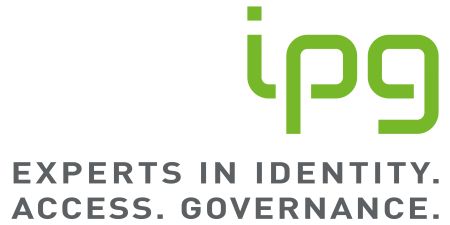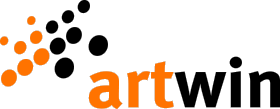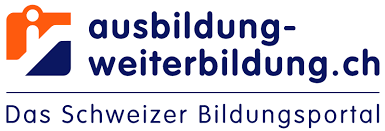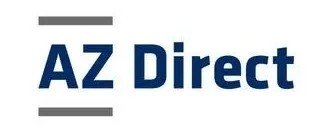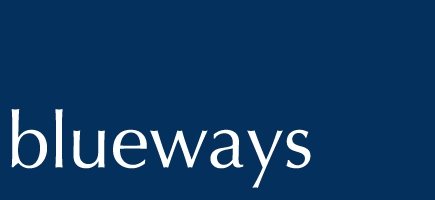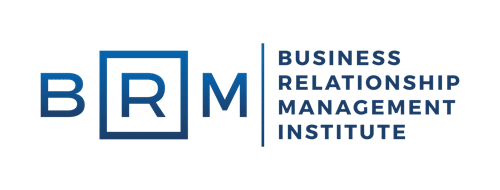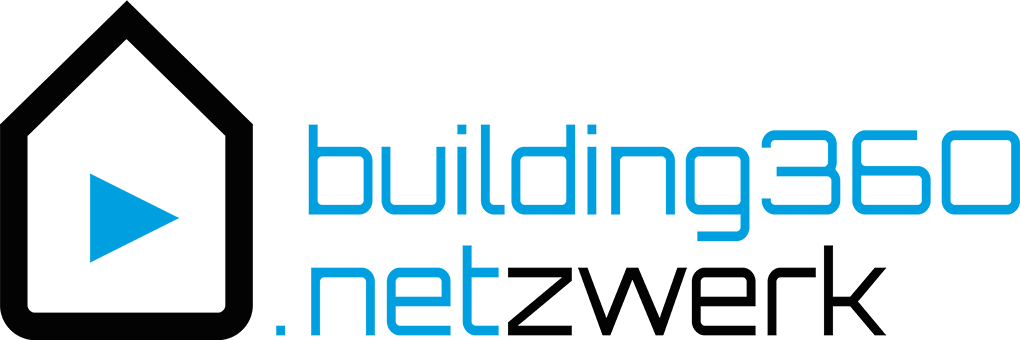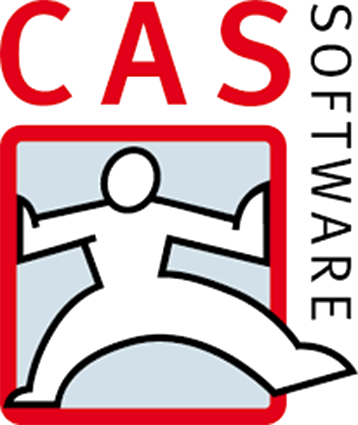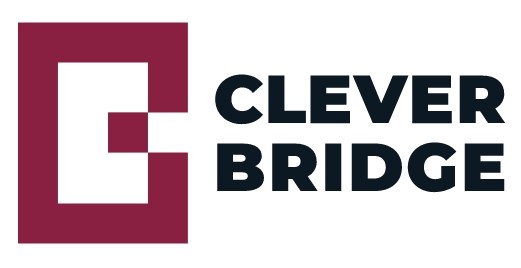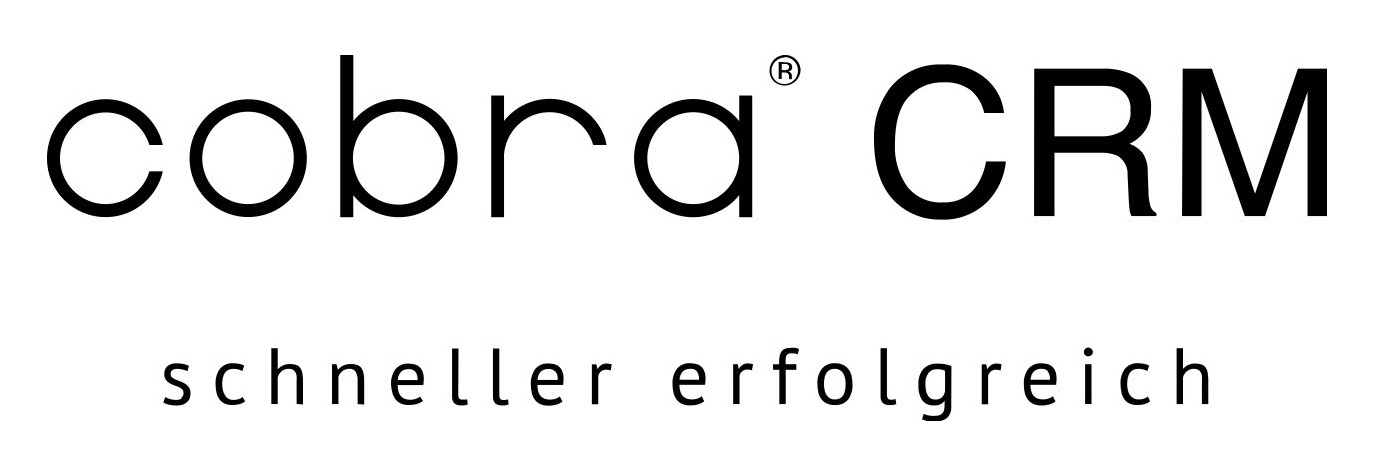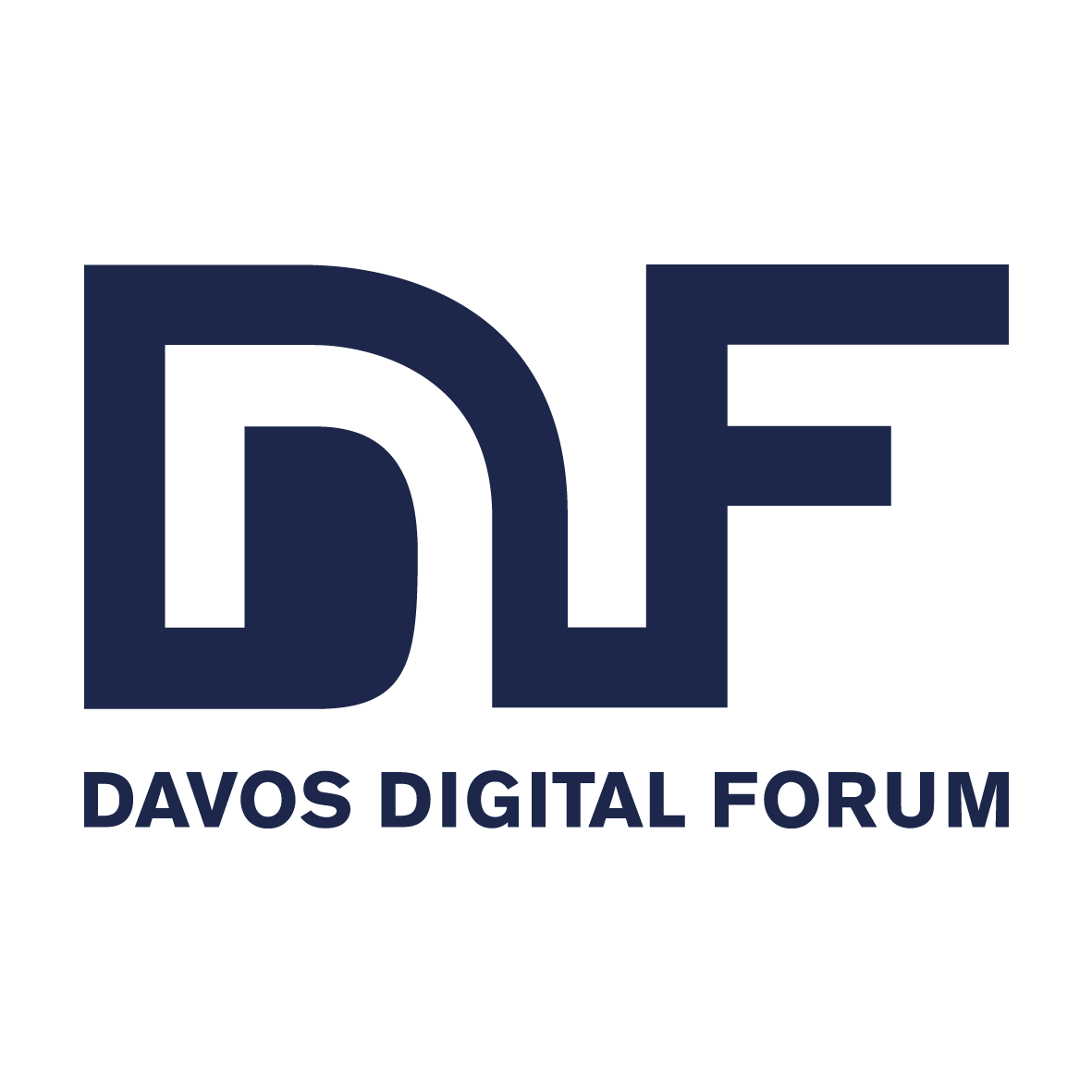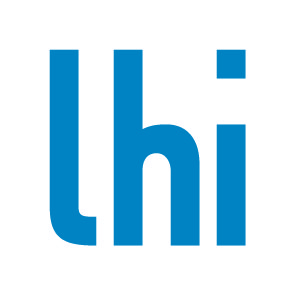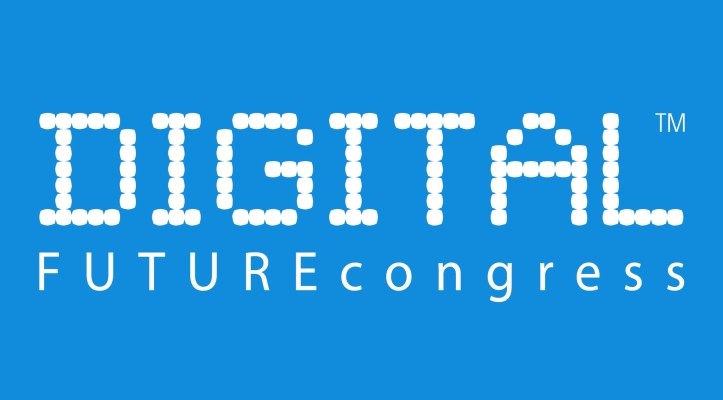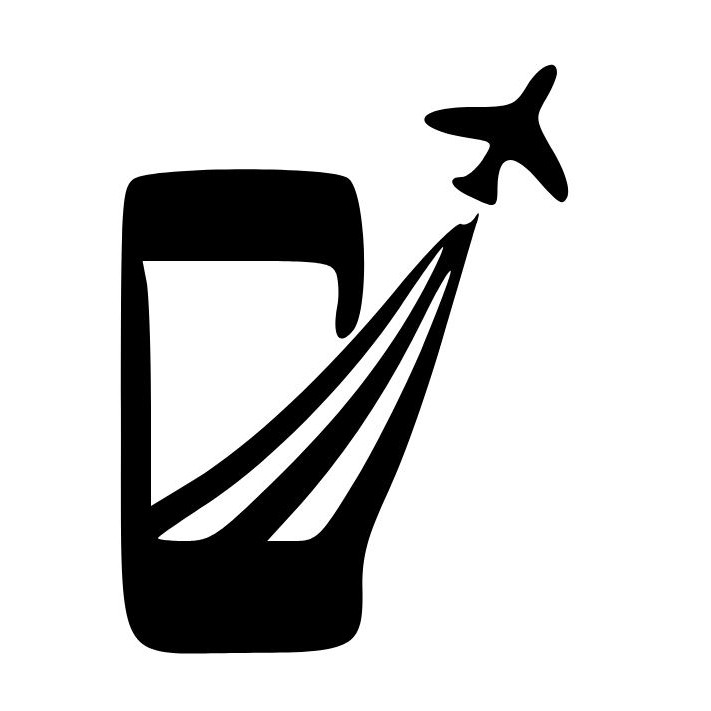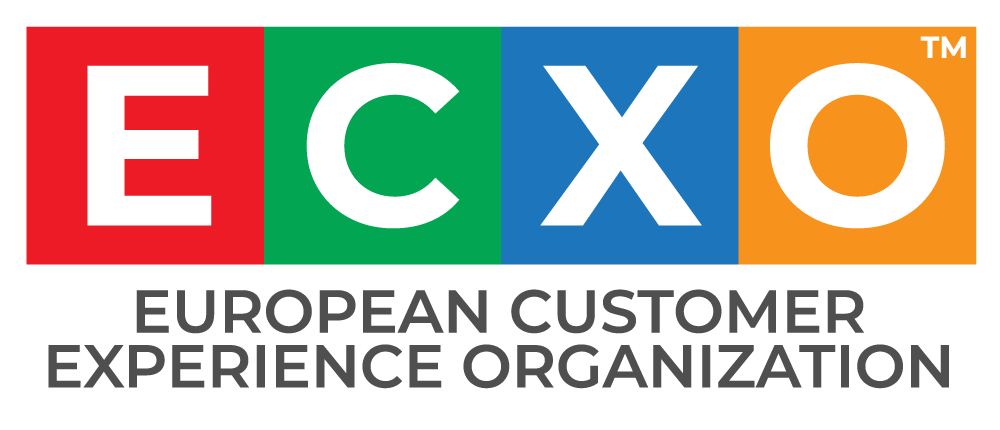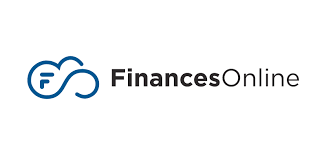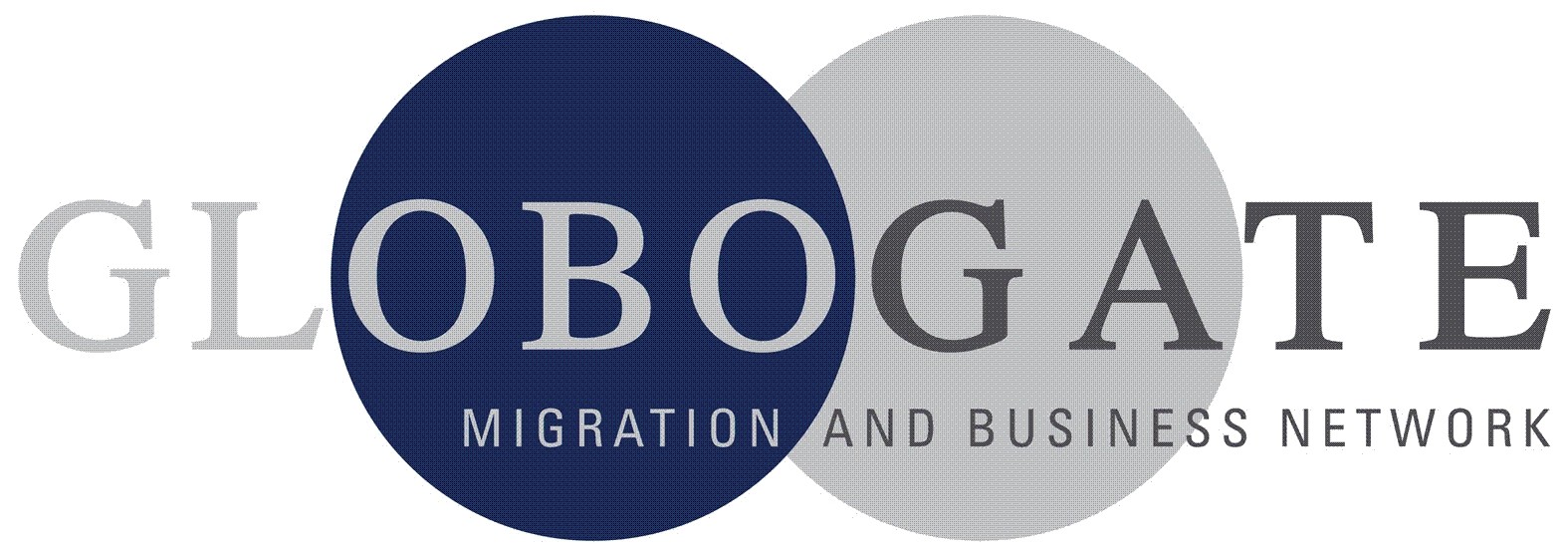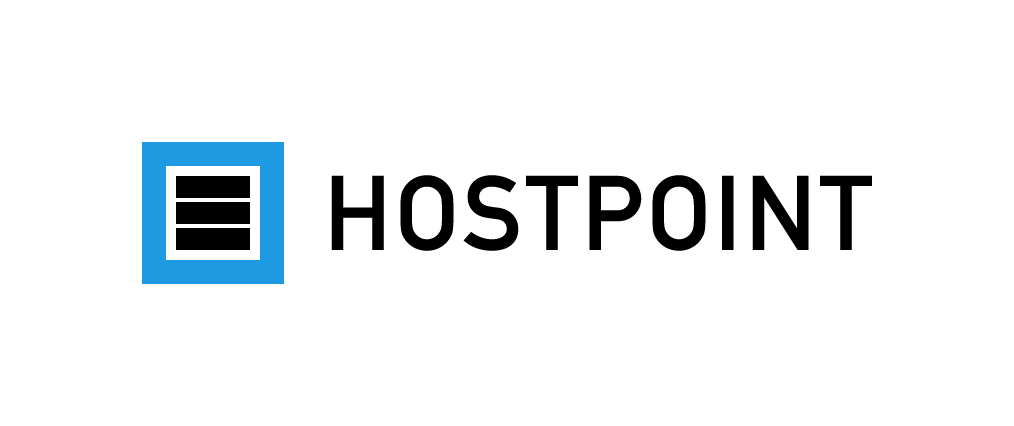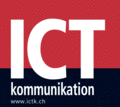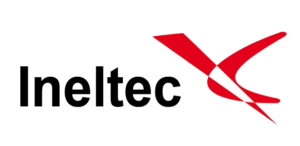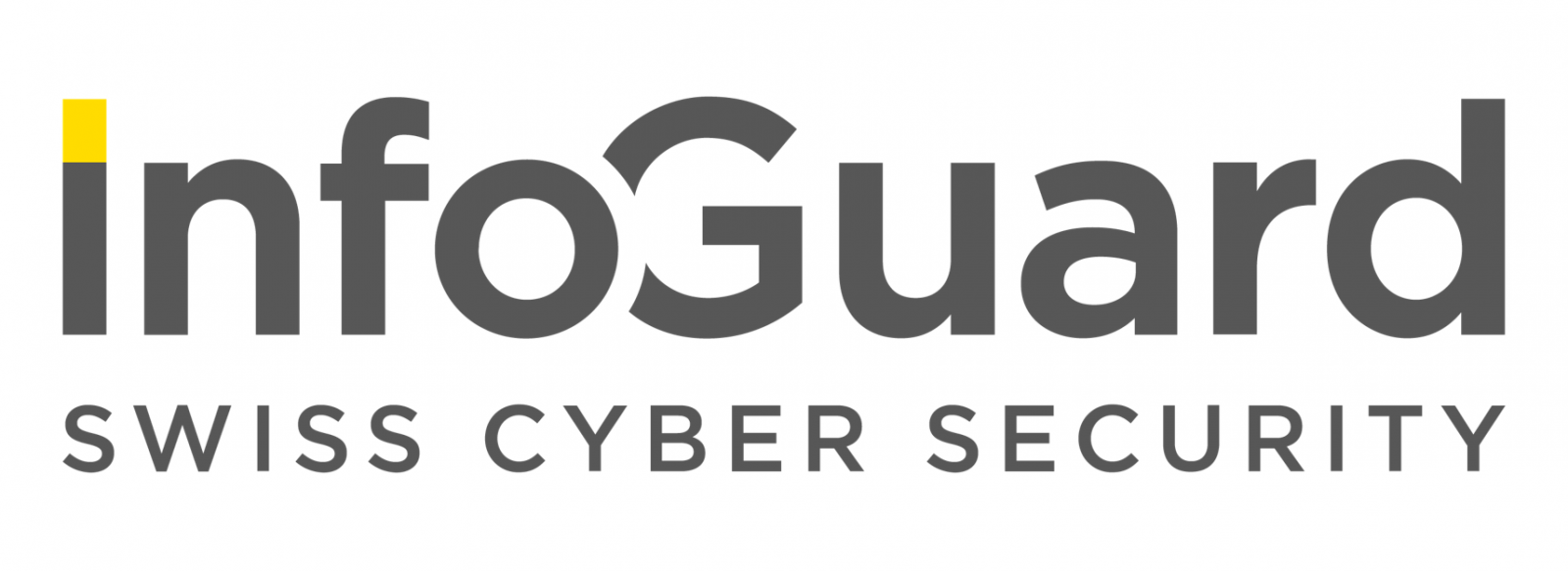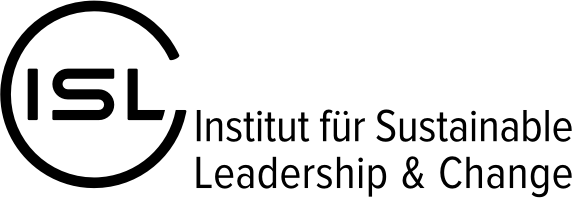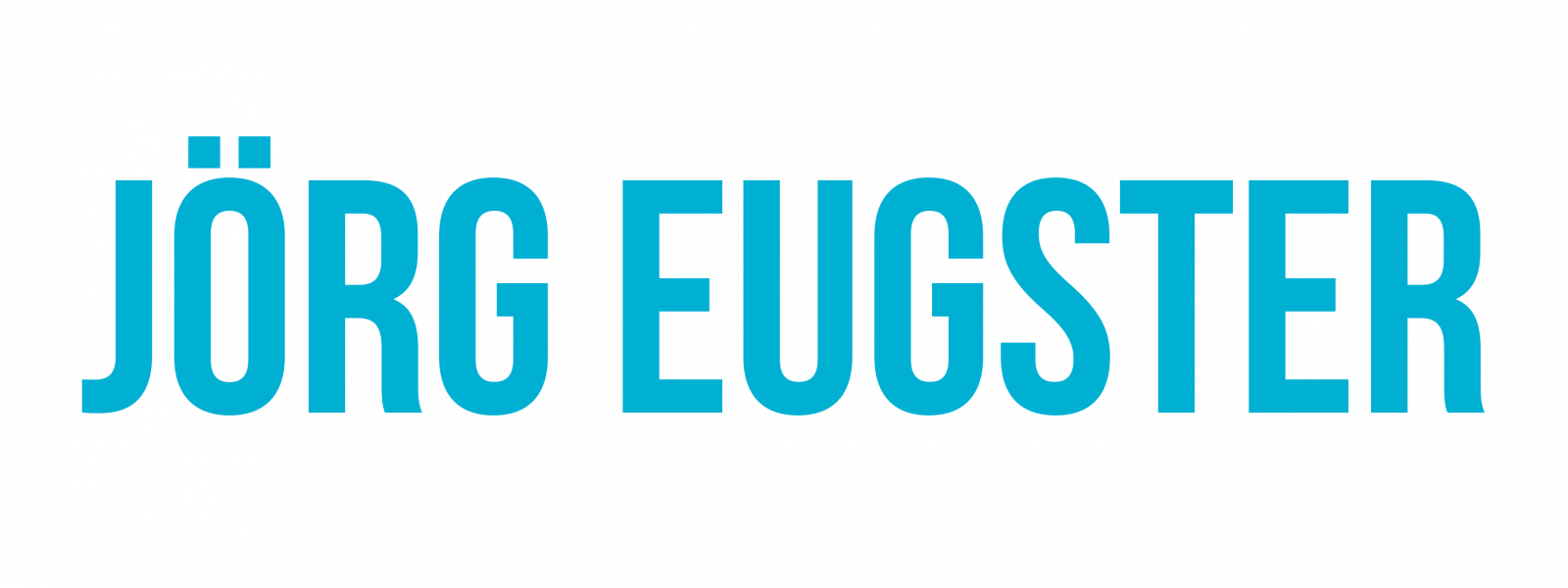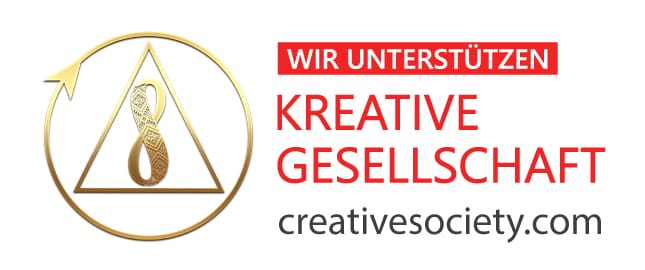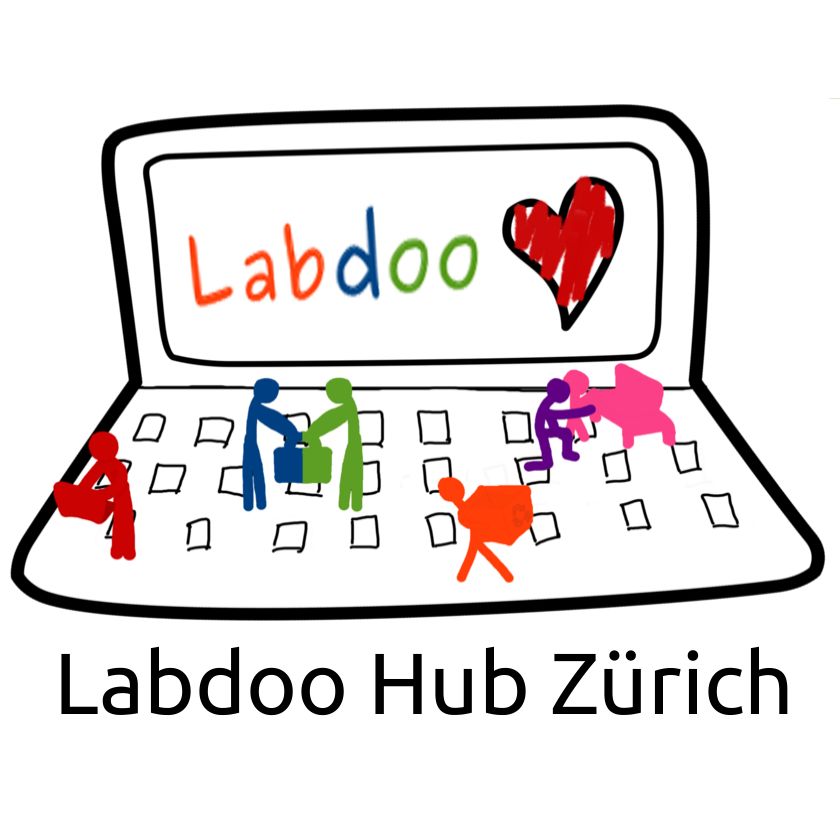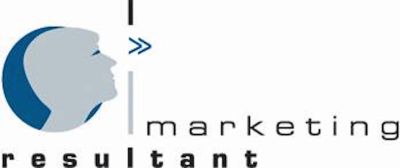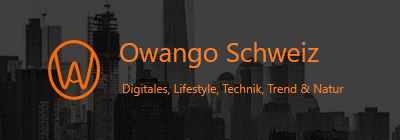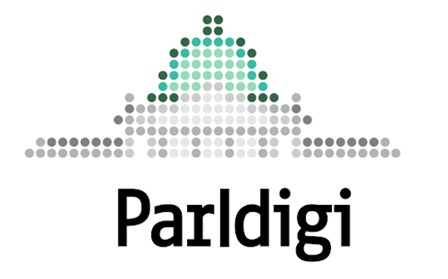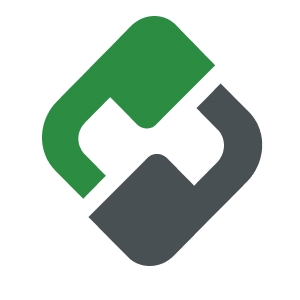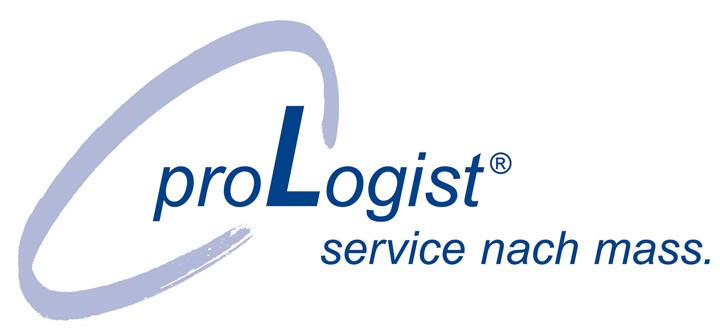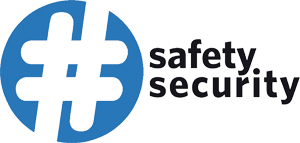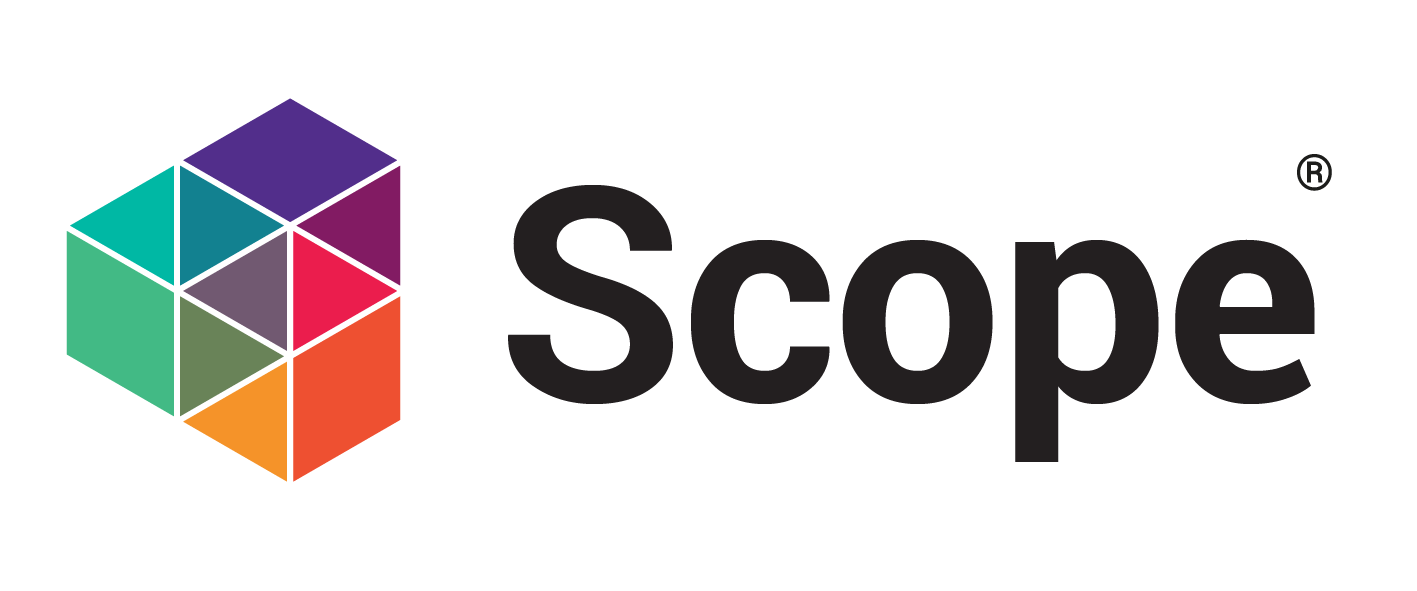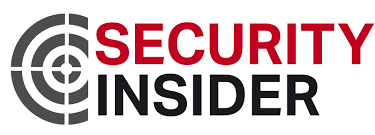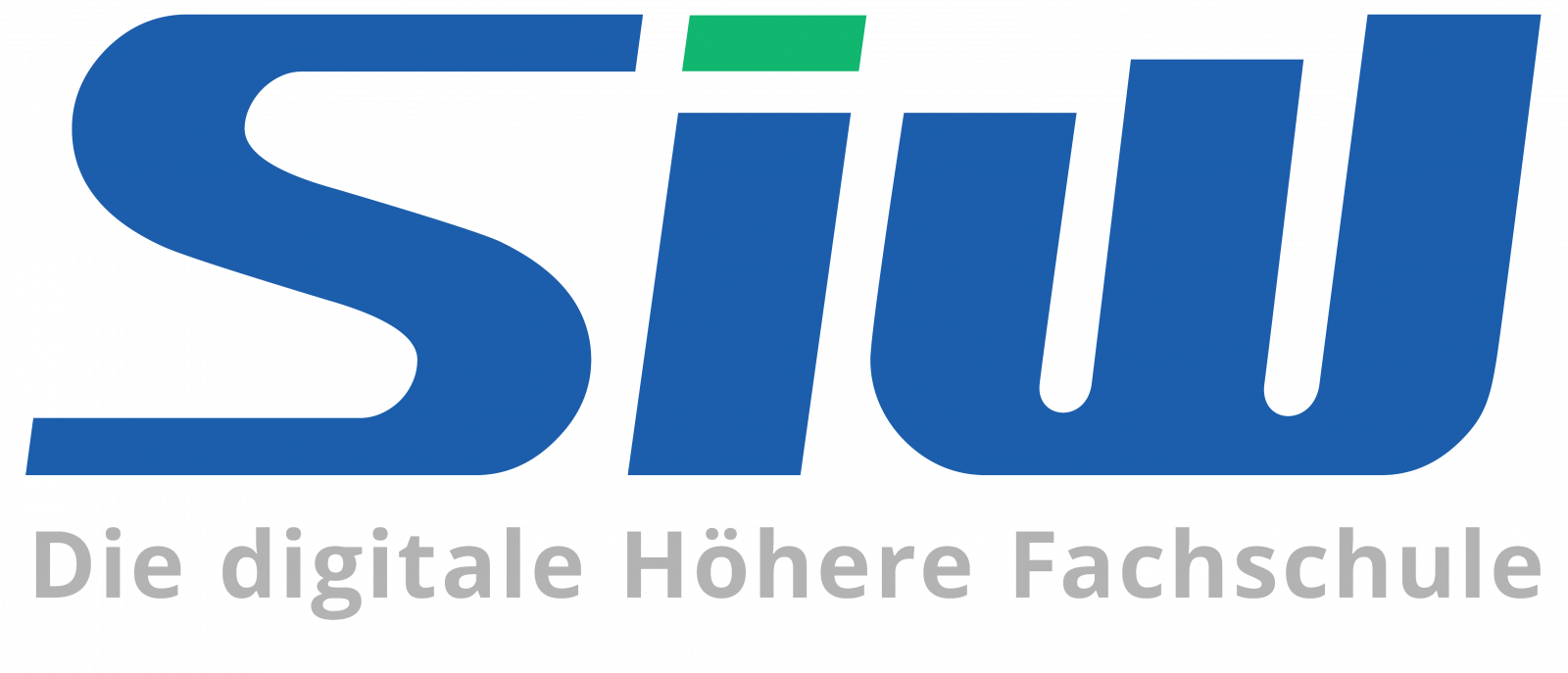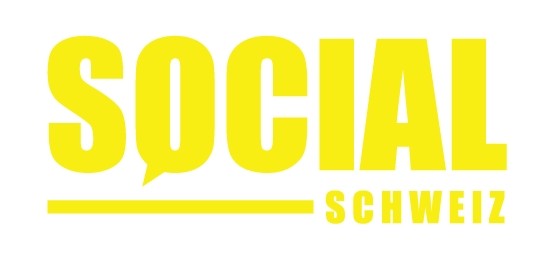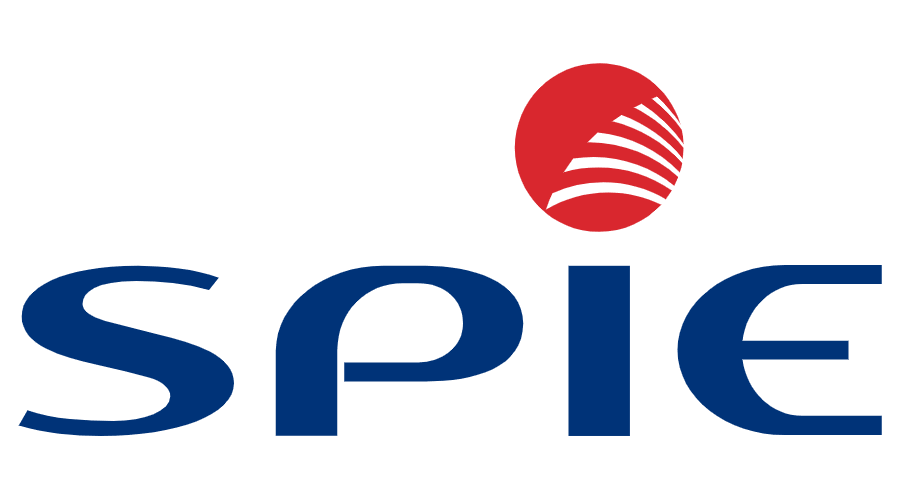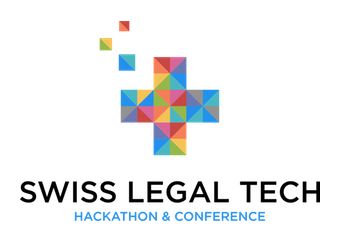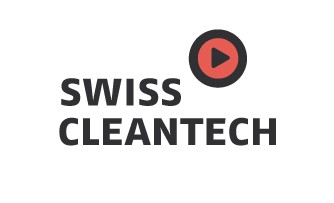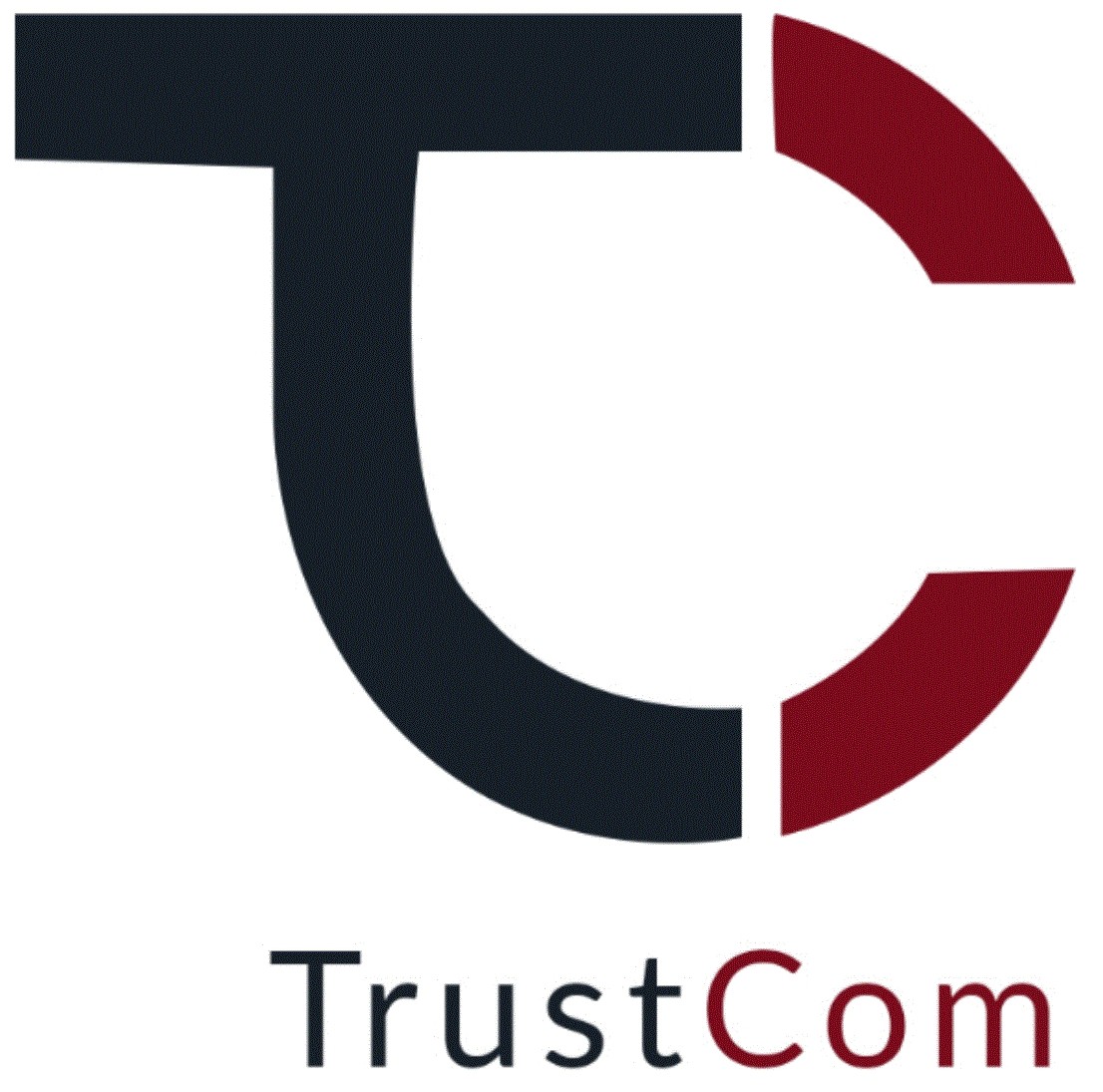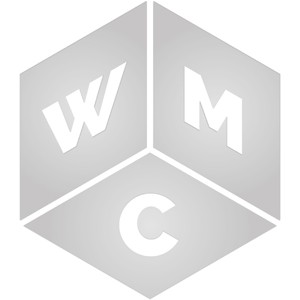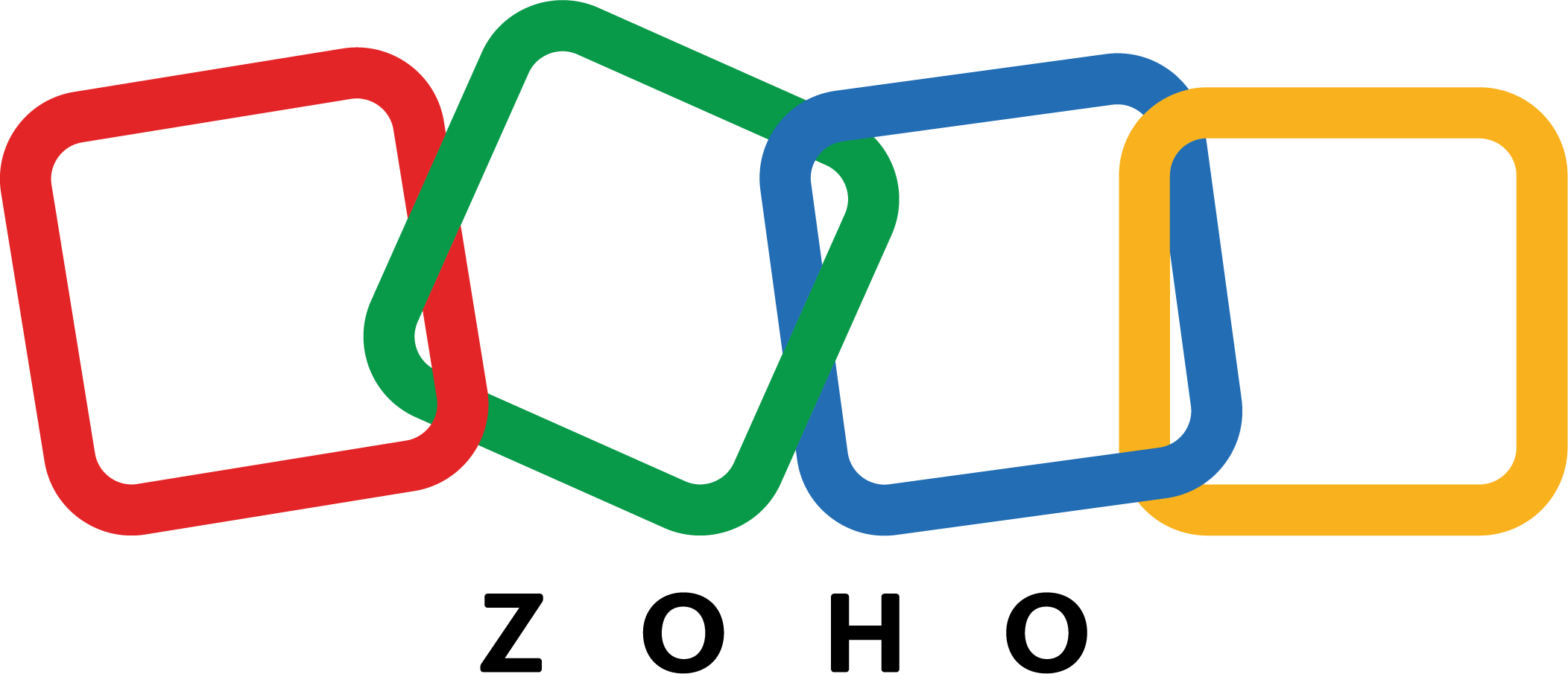Technologie – ICT
Was ist eigentlich die „digitale Transformation“?
Von Prof. Dr. Dieter Hertweck & Prof. Dr. Jürgen Münch
Eine definitorische Annäherung
Die digitale Revolution sorgt für eine Neuordnung von Wirtschaft und Gesellschaft. Bestehende Geschäftsmodelle und Prozesse werden mittels digitaler Technologien revolutionär verändert oder ersetzt (digitaler Darwinismus), was zu einer erheblichen Freisetzung und Umverteilung des Faktors Arbeit, zu einem Weltarbeitsmarkt und einer Weltgesellschaft führt. Auch wenn es noch keine schlüssige Digitalisierungstheorie gibt, so lässt sich das Phänomen doch mit folgenden Dimensionen beschreiben:
Dematerialisierung: Informationen und Inhalte wie Musik, Sprache, Bilder oder Geld werden digitalisiert abgebildet und damit mit Computern verarbeitbar. Selbst ehemalig physische Gegenstände wie Schlüssel oder Karten (Fahrkarten, Theaterkarten, Landkarten usw.) werden mit Hilfe von Apps in Informationsdienste überführt.
Investitionslogik in digitale Produkte: Da erwartbare Gewinne von Investitionen in digitale Produkte (Grenzkosten 0), Prozesse (deutlich niedrigere Prozesskosten) und Technologien mehrfach höher sind als in menschliche Arbeit, wird das Kapital in Digitalisierungstechnologien investieren.
Smarte Gegenstände: Objekte und Gegenstände erhalten Sensorik und „Intelligenz“ und können Dank Analytics, Workflow-Komponenten und Integrationsplattformen über das Internet regelbasiert interagieren. Wichtige Funktionen wie etwa Spracherkennung können ausgelagert werden und müssen nicht mehr Teil des Gegenstandes selbst sein.
Vernetzung: Die Vernetzung von Menschen in Social Networks wird die Macht und Teilhabe sozialer Netzwerke erhöhen, aber auch die Einbindung des Kunden und Lieferanten in den Produkt- und Serviceerstellungsprozess dramatisch erhöhen. Die Vernetzung von Menschen und Objekten (Auto, Wohnung) bildet die Grundlage von „Share-Economy“-Diensten wie Uber-Taxi oder Airbnb, die klassische Branchen wie das Taxi- oder Hotelgewerbe herausfordern. Die Vernetzung digitaler Dienste über cloudbasierte Plattformen wie etwa IFTTT www.ifttt.com ersetzt mit der kostenfreien Integration von Funktionalitäten unterschiedlicher Standardsoftware zu neuen Diensten heute schon Ressourcen in der Softwareentwicklung. Die Währung, mit der der Benutzer bezahlt, besteht aus seinen Daten oder anderen Derivaten wie etwa Aufmerksamkeit.
Datenprodukte: Die durch physische Objekte und Menschen erzeugten Daten dienen als Rohstoff für Datenprodukte wie zum Beispiel der automatisierten Gesundheitsberatung. Sie bezieht ihre Erkenntnisse aus Fitnessarmbändern und diversen Wearables. Um „Datenschätze“ heben zu können, bedarf es eines neuen Berufsbilds, des Data Scientist, einem in quantitativen Methoden, Statistik und Textmining bewanderten Spezialisten, der an den Hochschulen des Landes noch ausgebildet wird.
Hohe digitale Transformationsgeschwindigkeit: Kostengünstige, permanent verfügbare digitale Technologien und Daten führen zu einer Innovationsgeschwindigkeit, die nur noch von permanent lernbereiten Mitarbeitern in veränderungsfähigen Organisationsformen in konkurrenzfähige Geschäftsmodelle umgesetzt werden können. Der durch Digitalisierung induzierte Umbau von Geschäftsmodellen und -prozessen wird gemeinhin mit dem Begriff der digitalen Transformation beschrieben. Das heißt, nicht der Größere, sondern der Schnellere hat Wettbewerbsvorteile, eine Erkenntnis, deren sich kleine und mittlere Unternehmen (KMU) oft nicht bewusst sind. Schnell heißt hier vor allem: Schnelles verstehen des Kundennutzens und daraus resultierende schnelle und nachhaltige Wertschöpfung.
Gartner Identifies the Top 10 Strategic Technology Trends for 2019
Gartner defines a strategic technology trend as one with substantial disruptive potential that is beginning to break out of an emerging state into broader impact and use, or which are rapidly growing trends with a high degree of volatility reaching tipping points over the next five years.
Autonomous Things
Autonomous things, such as robots, drones and autonomous vehicles, use AI to automate functions previously performed by humans. Their automation goes beyond the automation provided by rigid programming models and they exploit AI to deliver advanced behaviours that interact more naturally with their surroundings and with people.
Augmented Analytics
Augmented analytics focuses on a specific area of augmented intelligence, using machine learning (ML) to transform how analytics content is developed, consumed and shared. Augmented analytics capabilities will advance rapidly to mainstream adoption, as a key feature of data preparation, data management, modern analytics, business process management, process mining and data science platforms. Automated insights from augmented analytics will also be embedded in enterprise applications — for example, those of the HR, finance, sales, marketing, customer service, procurement and asset management departments — to optimise the decisions and actions of all employees within their context, not just those of analysts and data scientists. Augmented analytics automates the process of data preparation, insight generation and insight visualisation, eliminating the need for professional data scientists in many situations.
AI-Driven Development
The market is rapidly shifting from an approach in which professional data scientists must partner with application developers to create most AI-enhanced solutions to a model in which the professional developer can operate alone using predefined models delivered as a service. This provides the developer with an ecosystem of AI algorithms and models, as well as development tools tailored to integrating AI capabilities and models into a solution. Another level of opportunity for professional application development arises as AI is applied to the development process itself to automate various data science, application development and testing functions. By 2022, at least 40 per cent of new application development projects will have AI co-developers on their team.
Digital Twins
A digital twin refers to the digital representation of a real-world entity or system. By 2020, Gartner estimates there will be more than 20 billion connected sensors and endpoints and digital twins will exist for potentially billions of things. Organisations will implement digital twins simply at first. They will evolve them over time, improving their ability to collect and visualise the right data, apply the right analytics and rules, and respond effectively to business objectives.
Empowered Edge
The edge refers to endpoint devices used by people or embedded in the world around us. Edge computing describes a computing topology in which information processing, and content collection and delivery, are placed closer to these endpoints. It tries to keep the traffic and processing local, with the goal being to reduce traffic and latency.
In the near term, edge is being driven by IoT and the need keep the processing close to the end rather than on a centralised cloud server. However, rather than create a new architecture, cloud computing and edge computing will evolve as complementary models with cloud services being managed as a centralised service executing, not only on centralised servers, but in distributed servers on-premises and on the edge devices themselves.
Immersive Experience
Conversational platforms are changing the way in which people interact with the digital world. Virtual reality (VR), augmented reality (AR) and mixed reality (MR) are changing the way in which people perceive the digital world. This combined shift in perception and interaction models leads to the future immersive user experience.
Blockchain
Blockchain, a type of distributed ledger, promises to reshape industries by enabling trust, providing transparency and reducing friction across business ecosystems potentially lowering costs, reducing transaction settlement times and improving cash flow. Today, trust is placed in banks, clearinghouses, governments and many other institutions as central authorities with the “single version of the truth” maintained securely in their databases. The centralised trust model adds delays and friction costs (commissions, fees and the time value of money) to transactions. Blockchain provides an alternative trust mode and removes the need for central authorities in arbitrating transactions.
Smart Spaces
A smart space is a physical or digital environment in which humans and technology-enabled systems interact in increasingly open, connected, coordinated and intelligent ecosystems. Multiple elements — including people, processes, services and things — come together in a smart space to create a more immersive, interactive and automated experience for a target set of people and industry scenarios.
Digital Ethics and Privacy
Digital ethics and privacy is a growing concern for individuals, organisations and governments. People are increasingly concerned about how their personal information is being used by organisations in both the public and private sector, and the backlash will only increase for organisations that are not proactively addressing these concerns.
Quantum Computing
Quantum computing (QC) is a type of nonclassical computing that operates on the quantum state of subatomic particles (for example, electrons and ions) that represent information as elements denoted as quantum bits (qubits). The parallel execution and exponential scalability of quantum computers means they excel with problems too complex for a traditional approach or where a traditional algorithms would take too long to find a solution. Industries such as automotive, financial, insurance, pharmaceuticals, military and research organisations have the most to gain from the advancements in QC. In the pharmaceutical industry, for example, QC could be used to model molecular interactions at atomic levels to accelerate time to market for new cancer-treating drugs or QC could accelerate and more accurately predict the interaction of proteins leading to new pharmaceutical methodologies.
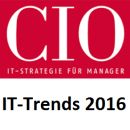

IT-Trends 2016
Big Data Analytics, Cognitive Computing, Intelligence – laufende Entwicklungen
Trotz Exzellenz in Forschung und Innovation sowie frühen und hervorragenden Leistungen im Bereich der ICT ist es der Schweiz bisher nicht gelungen, sich im globalen Wettbewerb zu einem führenden Anbieter von ICTbasierten Diensten zu entwickeln und zu positionieren. Abgesehen von Nischenprodukten sind wir Importeur und Konsument von ICTbasierten Leistungen. Dieser Rückstand gegenüber den Global Players lässt sich nicht mehr aufholen. Dennoch bestehen in ausgewählten Bereichen weiterhin Chancen.
Welch enorme Potenziale sich mit Big Data Analytics, Cognitive Computing und Intelligence eröffnen, zeigt z.B. IBM mit «Watson», indem gigantische Datenmengen aus unterschiedlichsten Quellen und Formaten praktisch in Echtzeit analysiert, Korrelationen erkannt und entscheidungsrelevante Vorschläge generiert werden.
Cloud-Computing – laufende Entwicklungen
Aufgrund ihrer spezifischen Vorteile ist die Schweiz als Standort für Cloud-Computing und Data Centers privilegiert, muss sich aber ständig gegen übermächtige Global Players wie Amazon, Apple, Dell, Google, IBM, Microsoft etc. sowie gegen politischen und wirtschaftlichen Druck behaupten. Auch bezüglich rechtlicher Aspekte bleiben Fragen und Entwicklungsrichtungen offen, was die Stärken der Schweiz relativieren kann. Die effektive Nutzung von Cloudbasierten Diensten durch schweizerische Organisationen liegt trotz reifer Angebote und verbesserter Information und Transparenz insgesamt noch weit hinter dem enormen Potenzial zurück.
Internet of Things/of Everything, Cyber Physical Systems
Die TCP/IP-basierte Vernetzung (Internet, World Wide Web) überträgt sich zunehmend auf Konzepte und Konfigurationen, in denen auch andere wichtige Systeme und Netzwerke eine Rolle spielen bzw. davon betroffen sind: Elektrizitäts, Transport- und VersorgungsNetze, Industrieanlagen, Forschungseinrichtungen, Behörden, das Gesundheitswesen – bis hin zur vernetzten Steuerung von Automobilen, Flugzeugen, Drohnen, Gebäuden, Überwachungssystemen etc.
Vernetzte Systeme und Komponenten sind nicht a priori sicher, «smart» und resilient, sondern verwundbar – und sie werden systematisch und permanent angegriffen. Den Chancen und Potenzialen einer «smarten», vernetzten Welt stehen hohe Risiken und Gefahren gegenüber. Dem Bildungs, Forschungs- und Wirtschaftsstandort Schweiz eröffnet sich dadurch ein äusserst attraktives Gebiet, sich damit auseinanderzusetzen, neue Lösungen aufzuzeigen und Spitzenleistungen zu erbringen.
Mobile Devices
Smartphones, Phablets, Tablets, Ultrabooks etc. begleiten inzwischen die gesamte aktive Bevölkerung durch ihren Alltag und in allen Aktivitätsbereichen. Ob BYODKonzepte implementiert sind oder redundante Geräte zum Einsatz kommen, spielt dabei aus volkswirtschaftlicher Gesamtperspektive eine untergeordnete Rolle – Hauptsache, die Geräte, Apps, Dienste und Netzwerke werden möglichst rege und produktiv benutzt. Die Kadenz, mit der neue Geräte an den Markt kommen, führt zu höheren Verkaufszahlen und Umsätzen, ist aus Sicht der Nachhaltigkeit, Ökologie und des Ressourcenverbrauchs jedoch höchst bedenklich. Trotz den Bemühungen, erneuerbare Energien zu nutzen, sind die ICT mit dem Image des Raubbaus und der Verschleuderung behaftet.
Open Data
Mit der Datafizierung sämtlicher Informations- und Wissensbestände und deren Digitalisierung stehen riesige Datenbestände zur Verfügung, die zum Teil mittels Steuergelder finanziert wurden und ein Gut darstellen, das der Öffentlichkeit zugänglich gemacht und von innovativen Unternehmen genutzt werden soll, um neue Dienste und Leistungen bereitzustellen. Bewegungen wie opendata.ch thematisieren dies und fordern eine möglichst uneingeschränkte Nutzung.
Wie «offen» gewisse Daten sein sollen, wird kontrovers diskutiert. Je nach Kontext (z.B. Gesundheit) und Grad der Identifizierbarkeit (bzw. ReIdentifizierbarkeit trotz Anonymisierung) sind Rechte, Risiken, Schutz und Vertraulichkeit zu beachten. Eine Ergänzung des bisherigen gesetzlichen «Schutz-Ansatzes» (Datenschutzgesetz) durch einen gesetzlichen «Befähigungs-Ansatz» (Wahrnehmung der Digitalen Souveränität: Recht, Eigentum, Bestimmung, Verwendung) könnte dazu wesentlich beitragen.
Schlüsseltechnologien
Als Schlüssel- und Querschnittstechnologie bilden die ICT für zahlreiche weitere Schlüsseltechnologien und deren Leistungen eine unabdingbare Voraussetzung. Für den Wirtschaftsstandort Schweiz ist deshalb sowohl eine führende Position in Forschung und Entwicklung als auch eine innovative Umsetzung und konsequente Nutzung der ICT und der auf ihr basierenden Leistungen von hoher Bedeutung.
Gartner
Gartner: Wettbewerb um Gateway zum Connected Home wird härter
ISPs haben im Kampf um das IoTGateway zum Connected Home die Nase vorn Der Trend zum Internet of Things (IoT) im Haus verstärkt sich rasant, so das IT Research- und Beratungsunternehmen Gartner. Der Kampf um das IoTGateway zum Connected Home ist in vollem Gange.
Gartner Says Competition Is Increasing to Be the IoT Gateway to the Connected Home
ISPs Will Be the Early Winners in the Battle for the IoT Home Gateway The hype surrounding the Internet of Things (IoT) in the home is growing rapidly, according to Gartner, Inc., as the battle for the IoT gateway in the connected home gets underway.
“The numerous IoT applications for the home include smart stoves, which tell you how to cook a meal and provide recipes; and smart washers and dryers, which help you determine the optimum time to run a load of laundry,” said Paul O’Donovan, principal research analyst at Gartner. “Add to that smart lighting, which can be operated remotely and programed to dim or turn on or off at specific times; thermostats, which can have your living space at the desired temperature when you walk in the door; and entertainment devices, which can stream programming to your display whenever you want to watch it.” As home appliances have increased in smartness, cellular and cable connections improved, and pricing declined, the desire or ability to monitor and control the home as a holistic platform of devices and appliances has emerged.
“Many IoT applications are triggered by sensors and need data management, but there is no single IoT gateway to the home,” said Mr O’Donovan. “As Internet-connected homes become increasingly smarter, the gateway is becoming the “centre” for connecting the different devices and home appliances to make the management of the ecosystem happen.”
The home IoT gateway market is expanding rapidly. The number of smart connected homes is expected to grow from between 100 million and 200 million homes now to between 500 million and 700 million homes by 2020.
The lack of a good business model or the immaturity of home IoT products has not stopped gateway makers from trying to develop the market to grab share in the home IoT opportunity. Cable companies, internet companies, alarm companies and mobile phone operating system providers are actively creating platforms and ecosystems in an attempt to break into the market.
Gartner predicts that the most successful home gateway provider will develop a system that seamlessly integrates with nearly any vendor’s IoT application and is relatively painless to the homeowner. A system that locks homeowners into one specific operating system limits their opportunity, as consumers will want to exercise their preference in terms of the IoT products they choose.
Multiple home platforms have emerged, designed to capitalise on or create an ecosystem of smart home things that the gateway must connect to. Some of the platforms are beginning to open up, or at least work with the others to minimise the different number of platforms that the consumer and the gateway must deal with. Some smart home solutions are even taking advantage of this void and creating hubs that act as a central command system for the smart home devices, using multiple communication protocols to connect to all of the smart devices in the home and communicate to the world through the IoT gateway.
“As the IoT gateway market emerges, ISPs will be the early winners in the battle for the home gateway, provided they develop solutions or partner with hub manufacturers. The mobile phone providers will gain a smaller part of this market, but ultimately the cellular model will not have enough bandwidth to compete with the ISP solution. Longer term, there will need to be an integrated device, whereby the gateway is also the hub, or integrated hub and gateway solutions will be needed,” said Mr O’Donovan.










